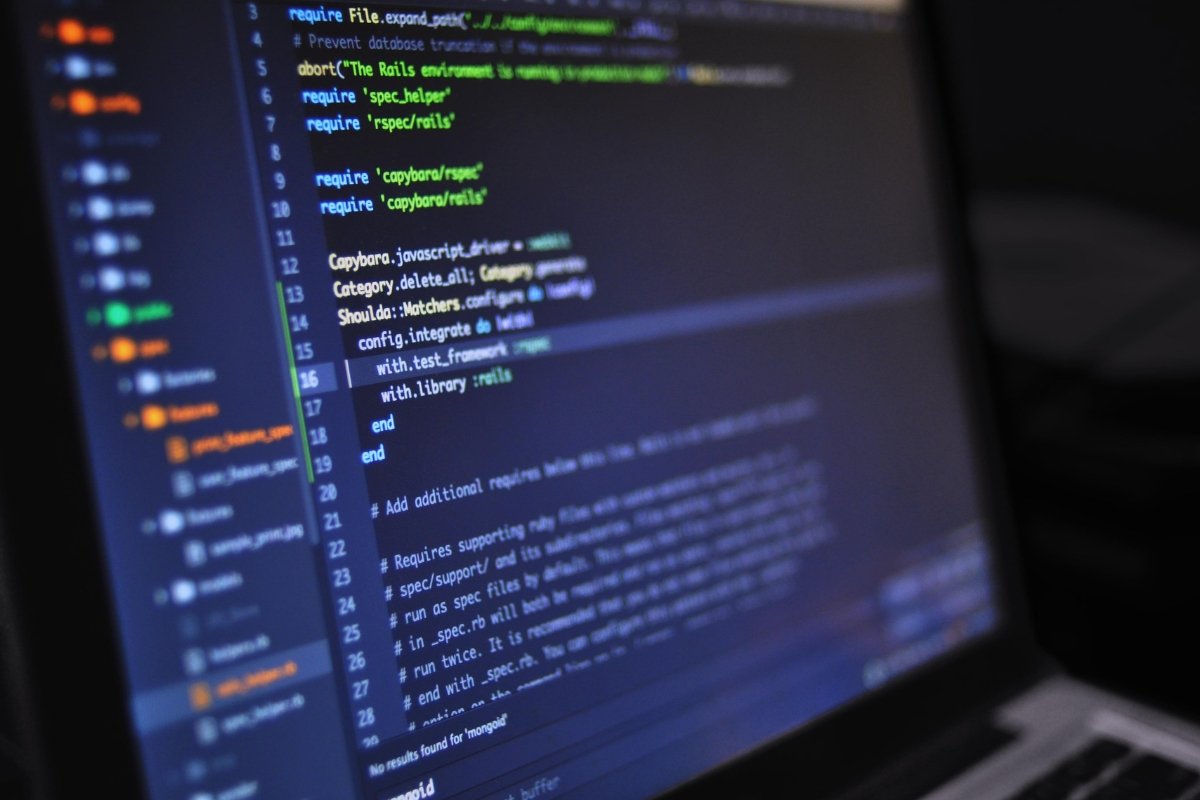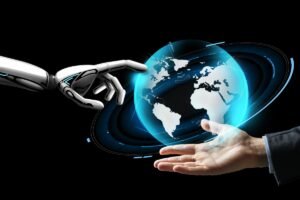On this blog I will discuss Algorithm Fairness in AI. Artificial intelligence is doing some pretty wild things these days, right? From recommending your favorite songs to making hiring decisions it’s all powered by algorithms. But here’s the kicker those same algorithms that are supposed to help us can actually hurt us if they are biased. That’s why today, I want to break down a super important (and kinda overlooked) topic with you algorithm fairness.
Whether you are into tech or not, this is something you should care about, because it impacts everything from your job application to how you’re treated by the justice system.
Table of Contents
What Is Algorithm Fairness?
In plain English, algorithm fairness is about making sure that AI doesn’t treat people unfairly based on things like race, gender, or background. Think of it like teaching AI to play fair in a game where real people get affected.
Algorithm fairness sits at the intersection of machine learning and ethics. Researchers and developers work to:
- Find out why bias happens in AI.
- Measure if an algorithm is fair.
- Fix the bias without breaking the model.
- Help companies and governments use AI responsibly.
So yeah, it’s a big deal.
Read More AI on Human Rights in 2025
Examples of AI Bias That Actually Happened
You might think this is just a theoretical thing but it’s not. Let me walk you through some real-world cases:
- Microsoft’s chatbot became racist in less than 24 hours after chatting with users on Twitter.
- Google Photos once labeled Black people as “gorillas.”
- Amazon’s hiring AI penalized resumes that included the word “women.”
- A CVS algorithm used in the criminal justice system was twice as likely to falsely accuse Black offenders than white offenders.
Yikes, right?
If left unchecked, AI can reflect and amplify the worst parts of society. This is where algorithm fairness comes in to stop that cycle.
How Does Algorithm Bias Even Start?
Here’s the thing algorithms themselves aren’t evil. They are just math. But once you feed them data, that’s where bias sneaks in.
Reasons for AI Bias
- Historical injustice: If your training data reflects past discrimination, AI will learn that pattern.
- Lack of representation: If your dataset doesn’t include enough diversity, the AI doesn’t learn how to treat everyone equally.
- Correlated features: Things like ZIP codes can indirectly reflect race or income levels, leading to unfair predictions.
And if people keep interacting with biased models? You get a negative feedback loop bad data leads to worse AI, and so on.
How to Measure Algorithm Fairness
You can’t fix what you can’t measure, right? So here’s how researchers assess fairness in AI:
Common Fairness Metrics
- Equalized Odds: Requires both false positive and true positive rates to be equal across different groups.
- Demographic Parity: Tries to ensure outcomes are equally distributed regardless of sensitive attributes like race or gender.
- Predictive Equality: Focuses only on making false positive rates equal between groups.
Usually, these methods split people into “privileged” and “unprivileged” groups, and then compare results. This helps highlight whether one group is being treated unfairly.
Fairness Solutions in AI
So how do you fix biased algorithms? You have got a few options:
Pre-processing Methods
These clean or transform your data before training. For example, disparate impact removal adjusts features to reduce inequality between groups.
In-processing Methods
These tweak the learning algorithm itself. Think of it like adding fairness constraints during model training.
Post-processing Methods
These adjust predictions after the model is trained, so that outputs are more fair.
Each method has pros and cons, and they are often used together depending on the use case.
Read More How Natural Language Generation Works in 2025
Why Fairness Needs People, Not Just Code
Let’s be real fairness isn’t just about math. It’s also about values, perspectives, and people.
- You need a diverse team so you’re not designing AI in a vacuum.
- You need to understand the root causes of bias not just remove them blindly.
- You need tools for model interpretability (like SHAP) so you can actually understand what your model is doing and explain it to users.
And honestly? If a model is making life-changing decisions, users should have the right to challenge those decisions.
FAQs Algorithm Fairness in AI
Q. What causes bias in AI?
Ans. Bias usually comes from data. whether it’s historical discrimination, missing representation, or poor feature selection.
Q. Can we remove all bias from AI?
Ans. Not completely. But we can reduce it significantly with the right practices and mindset.
Q. What’s an example of a fair algorithm?
Ans. An algorithm used in healthcare that ensures equal treatment across age, race, and gender while maintaining accuracy would be considered fair.
Q. Is algorithm fairness regulated?
Ans. Not everywhere but laws and guidelines are emerging, especially in the EU and some U.S. states. We will need stronger regulation moving forward.
Conclusion
AI is only getting more powerful, and if we don’t demand fairness now, the gap between who benefits and who gets left behind will only grow. But with the right tools, awareness, and people you and I can help shape the future of AI to be more inclusive, ethical, and fair.





Pingback: The Bias and Variance Trade-Off in Machine Learning 2025
Pingback: Ethical AI Governance and Regulation in 2025 and How AI Shapes Our Lives and What We Need to Know - Pickn Reviews